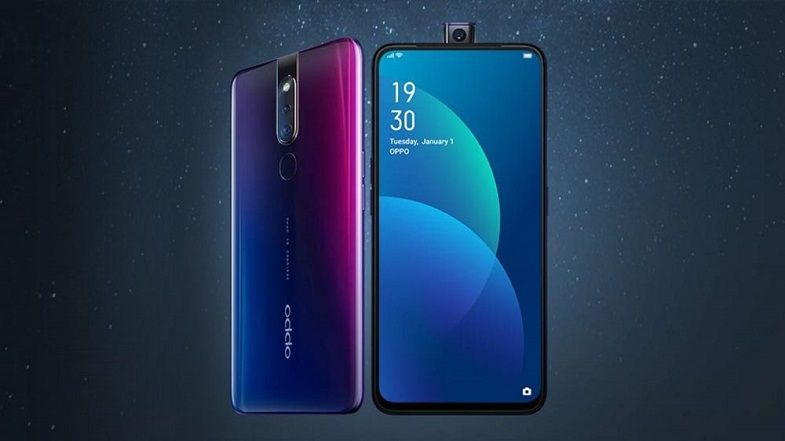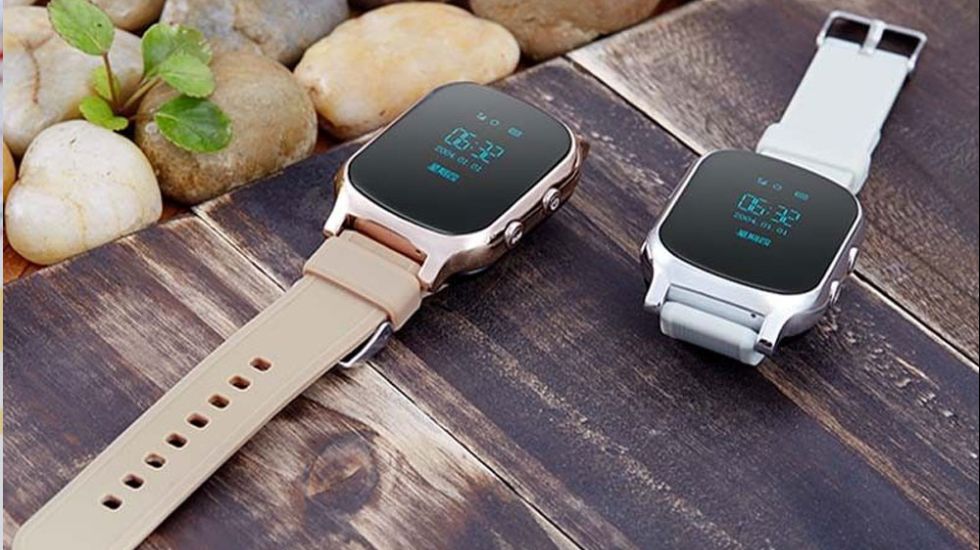Smartphone Xiaomi Mi Max 3 4/64GB – advantages and disadvantages
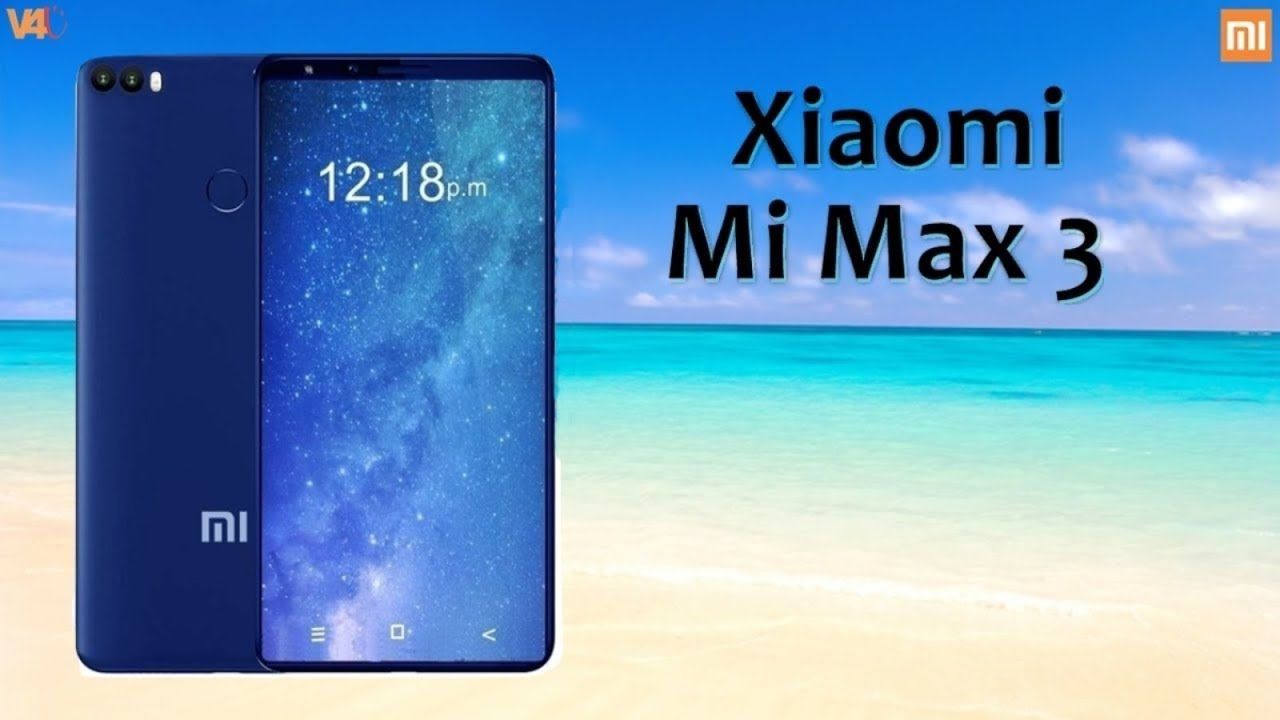
On July 19, 2018, the Chinese company Xiaomi introduced a new product - a smartphone, which was the third version of the Mi Max series of smartphones. The main features of Xiaomi Mi Max 3 is that it is inexpensive and has an impressive screen (6.9 inches). Smartphones with a screen of more than 6 - 7 inches are already referred to as phablets. A phablet is a cross between a smartphone and a tablet.
Content
Pros and cons of phablets
Advantages
Excellent multimedia viewing experience. The large screen size makes watching movies much more enjoyable than with a regular smartphone.
The large diagonal allows you to enjoy your favorite games more comfortably than on a smartphone. The controls are at a suitable distance in relation to each other.For this reason, pressing the wrong control key is excluded. The graphics of games for smartphones are no worse than for computer games, but a smartphone cannot convey all this. A phablet is quite capable of conveying the fullness of game textures.
Video communication for communication is used more and more often. Phablet will make this function even more convenient. From the big screen, the interlocutor looks so close, which is undoubtedly a plus for the big screen. The interaction is much better, since the interlocutor is, as if nearby. Phablet erases the boundaries!
Phablet is well suited for use as a navigator. All items on the large screen are clearly visible, which is favorable in terms of security and speed of search.
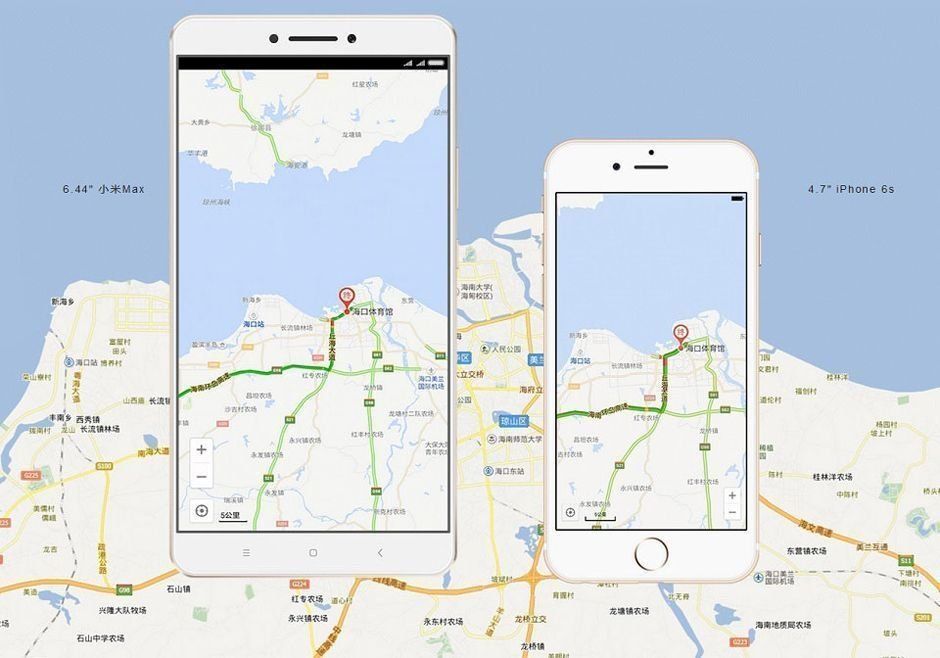
The phablet is great for reading books. Many settings can make the reading process comfortable and suitable for a particular user.
When viewing sites on the Internet, a phablet is also much more convenient than a smartphone with a small diagonal. Advertising is much easier to bypass if the screen is large diagonal. Also, various links may be too small and it can be problematic to get to them.
When typing text documents and messages, screen size plays a big role.
The battery for phablets has an impressive capacity. Thus, the device works offline much longer than smartphones.
Also, if we consider a phablet as something between a phone and a tablet (sometimes they are called phablets), then by purchasing a phablet, the buyer saves money, because he no longer needs a smartphone or tablet.
But just as the advantages relate mainly to the size of the device, so the size can also become a disadvantage.
Cons of phablets:
The large size of the device does not allow you to wear it in the usual way. It needs a special bag or bigger pockets.
Large dimensions, as a rule, do not allow using the phablet with one hand. Also making calls from it is not very convenient. This is because it is not comfortable in the hand, and the speaker and microphone are located far from each other.
Characteristics of the Xiaomi Mi Max 3 phablet
The aspect ratio of the smartphone is 18 to 9. What does this say? Although the diagonal is large, the smartphone has become elongated and it is quite convenient to hold it with one hand. The advantages of the Xiaomi Mi Max 3 device, with which the Chinese company positions it, are power and functionality suitable for solving various kinds of tasks. Consider the characteristics of Xiaomi Mi Max 3 and see how they meet the stated requirements.
The table shows the basic data on the smartphone.
| Characteristic | Data |
|---|---|
| CPU | Qualcomm Snapdragon 636 |
| Operating system | Android 8.1 Oreo (MIUI 9) |
| Screen resolution | 2160 x 1080 pixels (Full HD+) |
| Dimensions | Length - 176.15 mm, width - 87.4 mm thickness - 7.99 mm, weight - 221 grams |
| Battery capacity | 5500 mAh |
| Versions | with 4 and 6 GB of RAM and additional 64 and 128 GB (the review considers the 4/64GB version) |
| Display | 6.9 inch (IPS panel) |
| Price | From 22790 rubles; 122760 tenge |
So, let's take a closer look at the novelty of 2018 - the Xiaomi Mi Max 3 phablet.
Smartphone package
The smartphone comes in a traditional Xiaomi white box. Inside are the smartphone itself, a device for recharging a smartphone that supports fast charging, a USB Type-C cable, documentation, a key in order to remove the SIM card slot.
Design
The display on top is equipped with sensors (lighting and proximity), a speaker, a selfie camera. There is no monobrow in this model. There are standard stripes at the top and bottom of the screen. Thus, there was a place on the front panel for all sensors. The phone lies perfectly in the hand, as its edges are rounded.
The rear camera is located vertically and consists of two photomodules and a flash. The rear panel is equipped with a fingerprint scanner, which is located in the middle. The back panel is metal with hidden plastic antennas at the top and bottom.
The right edge of the phone contains the volume buttons and the power key. The left edge is a SIM card slot. The slot is half plastic and the other half metal, so care must be taken when removing it. The top edge of the phone is equipped with an infrared sensor, a 3.5 mm audio jack and an additional microphone for noise suppression. On the bottom of the phone is a USB Type-C port.

Display
The display surface is protected by durable glass. The display occupies almost the entire front of the phablet. There are no mechanical buttons, they are replaced by touch ones. The bezels at the bottom and top have been reduced compared to the previous version. The screen brightness is 520 nits, which is 16% more than the predecessor Xiaomi Mi Max 2. Contrast and color gamut have also been improved. Contrast corresponds to 1500:1 (50% improvement). The display in bright light maintains good visibility. The screen can withstand up to 10 touches at a time.
Back panel
The back panel is made of aluminum, which indicates its strength and reliability. The color scheme is represented by the following colors - black, blue, gold.
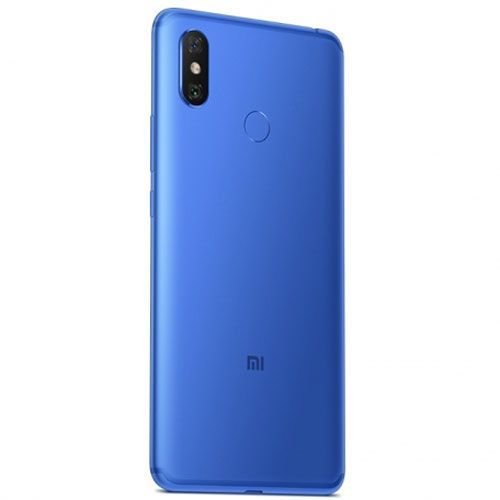
Memory
The device is available in two versions: the first - with 4 GB of main memory and 64 GB of internal memory, the second - with 6 GB of RAM and 128 GB of internal memory. Also, users have the opportunity to expand the memory by 256 GB using a microSD card. But in this case, the phone will be with only one SIM card, since the SIM card slot and microSD card slot are the same.
Hardware
The device is equipped with the following sensors: compass, gyroscope (for virtual reality glasses), light and proximity sensor, accelerometer and Hall sensor (used for better geopositioning and when interacting with a magnetic case, the screen turns off automatically)
Camera
Xiaomi strived to make the rear camera no worse than the flagship devices. For this purpose, the camera consists of two photomodules with a resolution of 12 and 5 megapixels, the aperture is f / 1.9. The camera is equipped with artificial intelligence, which allows the smartphone to automatically recognize the place and conditions under which the shooting takes place. In the dark, the quality of the pictures does not deteriorate due to the Dual PD focusing. It also makes autofocus fast and accurate. Features of the front camera: resolution - 8 megapixels, aperture - f / 2.0, flash is present. Using the front camera, the user has the ability to unlock the phablet in the face. The camera is equipped with artificial intelligence, which indicates a high level of reliability of the device. The smartphone allows you to take photos with bokeh effect. In manual settings, you can change the focal length and shutter speed.
Sample pictures:


Sound
Xiaomi Mi Max 3 includes two speakers that are used to output stereo sound. Such sound is reproduced in video (games or movies).This effect is obtained through the use of a conversational speaker located at the top of the device. But the sound is somewhat lower compared to the main speaker.
Charger
The battery capacity is impressive and is 5500 mAh. Autonomy is in game mode - 10 hours, and when watching movies - at least 16 hours. There is a fast charging function (Quick Charge 3.0). Thanks to her, the phablet is fully charged in 90 - 135 minutes. Also, the gadget can serve as a battery for other devices that support OTG. The manufacturer promises that the device will “live” for up to two days without recharging and with full use of all smartphone functions.

Processor and navigation
Satellites supported by this phablet: GLONASS, GPS and Chinese BeiDou.
The high performance of the smartphone is ensured by the eight-core Snapdragon 636 processor. Xiaomi Mi Max 3 is equipped with the Android 8.1 Oreo operating system (Xiaomi's proprietary shell is MIUI 9, which contains the Xiao AI voice assistant). Most phablets are used for gaming. Xiaomi Mi Max 3 also supports all the tools that enhance the gaming experience.
Assistant Xiao AI
Just like other assistants, the Xiao AI assistant is controlled by voice. This function can translate the text of some menu items. The assistant performs search queries on the Internet, includes audio files, sends text messages and makes calls at the request of the user.Xiao AI will also surprise its users by making the best route, moving the alarm to another time, taking a photo and even buying movie tickets! With the help of this assistant, it is possible to control other products of the company (TV, TV set-top box, air purifier, fan, rice cooker, etc.). At the moment, the assistant is only available to Chinese users.
MIUI 9
MIUI 9 firmware includes a number of new features. The Smart App Launcher function analyzes what is on the screen of the smartphone and offers certain applications accordingly. The smart assistant quickly finds the files stored in the smartphone. Queries are used for convenient search (for example, date or keyword). The firmware system has been improved and began to work faster. Frequently used apps launch faster, cleaning works automatically, and tactile feedback is better. The default feature has become the division of many tasks on one screen. There was a quick opportunity to put the smartphone on silent mode.
Communications
Communications include wireless adapters, Wi-Fi MIMO, Bluetooth 5, 4G VoLTE technology, 2G, 3G, 4G. The NFC function is not provided.
Unlock
The user has the opportunity to choose the method of unlocking the smartphone. There are two ways: fingerprint or face scan. Both of them are reliable and convenient for quick unlocking.
Reviews
According to the user, the phablet has a fast processor, is suitable for games, holds a charge well, and the image quality is also pleasing. Many people like the big screen, which is great for watching movies. The sound is not as good as I would like. Unlocking a smartphone by face is a big plus for many.
The cost of the device in Russia is from 22,800 rubles.
Pros and cons
In accordance with customer reviews, the following strengths and weaknesses of the new device have been identified, and they are listed below.
- Performance;
- Capacious battery (5500 mAh);
- 3.5mm audio jack;
- Artificial intelligence;
- USB Type-C;
- Face recognition is performed using an intelligent system, which increases the security of the device.
- Without NFC function support;
- Bulky (weight is 221 grams);
- The screen diagonal is 6.9 inches, but this item is a minus for those who are used to the usual smartphone screen sizes. Those who deliberately choose a phablet do not consider this characteristic a minus.
I would like to note that Xiaomi has released a budget phablet with good characteristics, but, like any thing, the novelty has both advantages and disadvantages.
new entries
Categories
Useful
Popular Articles
-

Top ranking of the best and cheapest scooters up to 50cc in 2022
Views: 131650 -

Rating of the best soundproofing materials for an apartment in 2022
Views: 127690 -

Rating of cheap analogues of expensive medicines for flu and colds for 2022
Views: 124518 -

The best men's sneakers in 2022
Views: 124032 -

The Best Complex Vitamins in 2022
Views: 121939 -

Top ranking of the best smartwatches 2022 - price-quality ratio
Views: 114979 -

The best paint for gray hair - top rating 2022
Views: 113394 -

Ranking of the best wood paints for interior work in 2022
Views: 110318 -

Rating of the best spinning reels in 2022
Views: 105328 -

Ranking of the best sex dolls for men for 2022
Views: 104365 -

Ranking of the best action cameras from China in 2022
Views: 102215 -

The most effective calcium preparations for adults and children in 2022
Views: 102011
